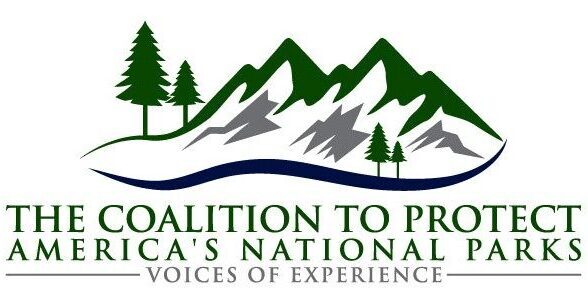Augusta Aiken Audubon Society
Coalition to Protect America’s National Parks
National Parks Conservation Association
South Carolina Environmental Law Project
Waccamaw Audubon Society
September 29, 2025
Matthew Bloemer
Air Planning and Implementation Branch Air and Radiation Division
U.S. Environmental Protection Agency, Region 4 61 Forsyth Street SW
Atlanta, GA 30303
Electronic Filing via: https://www.regulations.gov/commenton/EPA-R04-OAR-2022-0367-0001
Dear Mr. Bloemer,
On behalf of the undersigned organizations across South Carolina, we write to oppose the Environmental Protection Agency’s (EPA) approval of South Carolina’s Regional Haze State Implementation Plan (SIP) revision.190 FR 36005 (July 31, 2025).
The organizations represented on this letter are concerned with the pollution from coal plants, pulp and paper mills, and other industrial facilities operating in South Carolina that emit haze-causing pollution that mars scenic vistas in our parks and wilderness areas and also harms the health of our communities. Pollution from South Carolina’s industrial facilities harms visibility and air quality in 22 regional protected Class I areas, including South Carolina’s own Cape Romain National Wildlife Refuge and nearby Great Smoky Mountains National Park. We are deeply concerned with EPA’s action, which will allow controllable pollution to continue dirtying the air in our parks and communities.
South Carolina is a state of considerable cultural and natural resources that deserve protection and consideration. National park sites in the state brought in 1.3 million visitors in 2023 and contributed $107 million in economic benefits to the state’s economy.2National Park Service, National Park Visitor Spending Effects, 2023: https://www.nps.gov/subjects/socialscience/vse.htm This demonstrates the value of places like Congaree National Park, a natural wonder that is home to the United States’ largest old-growth bottomland hardwood forest. South Carolina’s coast is the ancestral lands of the Gullah/Geechee community and the Gullah Geechee Cultural Heritage Corridor. These sea island people have contributed to significant cultural and ecological protections on the lands they steward. Although these ecological and historic treasured places aren’t Class I areas, they are also impacted by pollution from the same in-state coal plants and industrial facilities that contribute to visibility impairment in Class I areas and South Carolina communities.
n 2021, the South Carolina Department of Environmental Service (SCDES) produced a flawed regional haze plan that will not clear the air of haze pollution in communities across South Carolina and in Class I areas across the South. The proposed plan would allow for more than 40,000 tons of uncontrolled haze-causing pollution to continue to be released into the air each year. The state improperly concluded that almost no new reductions in pollution are warranted, based on a flawed methodology that ignored nitrogen oxides (NOx) and particulate matter (PM) emissions and exempted multiple large polluting facilities from review. In the ensuing years, South Carolina has proposed permit modifications and a supplement to its original regional haze plan but over and over again, the state failed to propose action that will reduce haze pollution.
As written, SCDES’s plan does not comply with the Clean Air Act and EPA is incorrectly approving it. Moreover, part of EPA’s justification of its approval of South Carolina’s plan rests on a “new policy” that violates the Clean Air Act’s plain language and procedural requirements. The new policy reverses EPA’s longstanding position that the “uniform rate of progress” (URP) is not a safe harbor and states must make reasonable progress towards the goal of remedying visibility impairment382 Fed. Reg. 3,078, 3,091 (Jan. 10, 2017). The new policy is inconsistent with existing EPA Regional Haze national policy and actions across other EPA regions.
Furthermore, SCDES proposed a SIP Supplement for public comment in 2024 that included permit provisions for multiple facilities that the State determined were necessary to make reasonable progress and therefore necessary in the SIP. Though the supplement was flawed, it included existing pollution control requirements for three facilities. But instead of finalizing the SIP Supplement and submitting it to EPA, SCDES requested that EPA approve its 2021 SIP based on the new policy without any of the permit conditions that the State had previously concluded were necessary to include in the SIP. Without these requirements explicitly included in the haze SIP, EPA is again letting South Carolina’s polluting facilities off the hook for making reasonable progress towards natural visibility.
We oppose EPA’s action, as this is a once-in-a-decade opportunity to preserve scenic vistas for future generations and protect the health of all who live here and enjoy South Carolina’s treasured public lands.
Sincerely,
|
Eric Monaco Eboni Preston Goddard, PhD Diane DuLoft |
Philip A. Francis Jr. Emily Poole |
